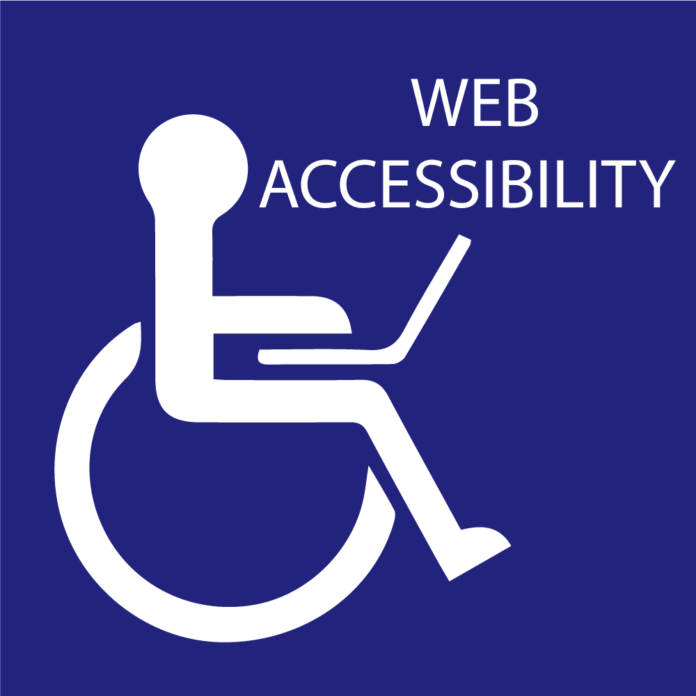Accessibility is making your website content available to everyone. Everyone means users with disabilities (visual, auditory, physical, speech), older people (who might be using assistive technologies like screen readers or magnifiers), and anyone else who can’t see, hear or use a regular computer mouse. There are plugins such as accessiBe WordPress that can assist with these tasks.
This article will show you how to manually audit your WordPress installation for accessibility and make it more user-friendly.
- Check Your Language
People from all over the world can view your website, so make sure you check the language settings of your website, especially if your default language is not English. You do this by choosing Themes, then Editor. Next, scroll to the bottom of the list and choose the file named “index.php.” This will allow you to change your site’s language easily by either choosing a different language or adding words in English if required before saving the changes.
- Make Sure Your Site is Legible
The best way to check this is to get someone to try navigating your site with the default browser settings – that means NO styles, NO images, and NO JavaScript.
If you can get through everything easily, then users with visual impairments will also be able to get through too. However, if certain elements are difficult to see or operate because they are hidden or using a style sheet that is not visible, you’ll need to fix that.
- Check Navigation
Check each page of your site to see if the links work and are easy to find. Links should always go somewhere useful (maybe they could be links within specific pages rather than external links). If all your links are leading off your website, like linking directly to your Facebook page or Twitter account, then your site’s reputation will drop. This is because you are sending users away from your website rather than keeping them on it to interact with what they can see there.
- Add Alternative Text to Images
This helps people using screen readers understand images. If you don’t know how to do this, open an image in a simple text editor and copy and paste the code into your site’s HTML. You only need to do this for the images that require description.
- Make Sure Your Site is W3C Compliant
W3C stands for World Wide Web Consortium, and it’s a worldwide community of member organizations, full-time staff, and the public. Their mission is, among other things, to lead the World Wide Web to its full potential by developing common protocols that promote its evolution and ensure its interoperability.
To be W3C compliant, your site must validate HTML code on all pages of your site. This means that there are no mistakes in your coding or design. You can achieve this by using the W3C HTML Validation Service.
- Don’t Use Ignore Tags
It is recommended that you always turn your ignore tags off. It makes it easier for people to find information on your website, especially if they are looking for content related to disabilities. Always choose “Show Images” and “Show Titles.”



